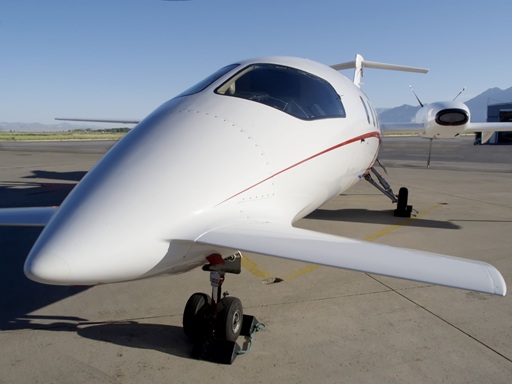Composite materials have transformed aerospace design, enabling lighter, stronger, and more efficient aircraft structures. Yet, achieving reliable bonding and coating performance on composites depends heavily on one critical step - surface preparation.
Wet blasting is a robust method for conditioning composite surfaces prior to adhesive bonding or coating. Unlike traditional mechanical abrasion or peel-ply removal, wet blasting delivers a controlled, repeatable process that enhances surface cleanliness and texture without compromising structural integrity.
Key benefits for composite components include:
• Optimised surface energy: The process promotes micro-roughening and contaminant removal, increasing surface energy and improving adhesive wet-out.
• Preservation of fibre integrity: The cushioning effect of the water–media slurry prevents fibre damage and matrix degradation often seen with dry abrasion.
• Improved bond durability: By producing a clean, activated surface with consistent topography, wet blasting supports long-term bond strength and resistance to environmental ageing.
• Process control and repeatability: Parameters such as media concentration, pressure, and dwell time can be precisely controlled, ensuring consistent results across complex geometries.
As aerospace OEMs push for greater reliability and automation in composite finishing, wet blasting offers a validated route to achieving stable, high-performance surfaces ready for bonding or coating.























